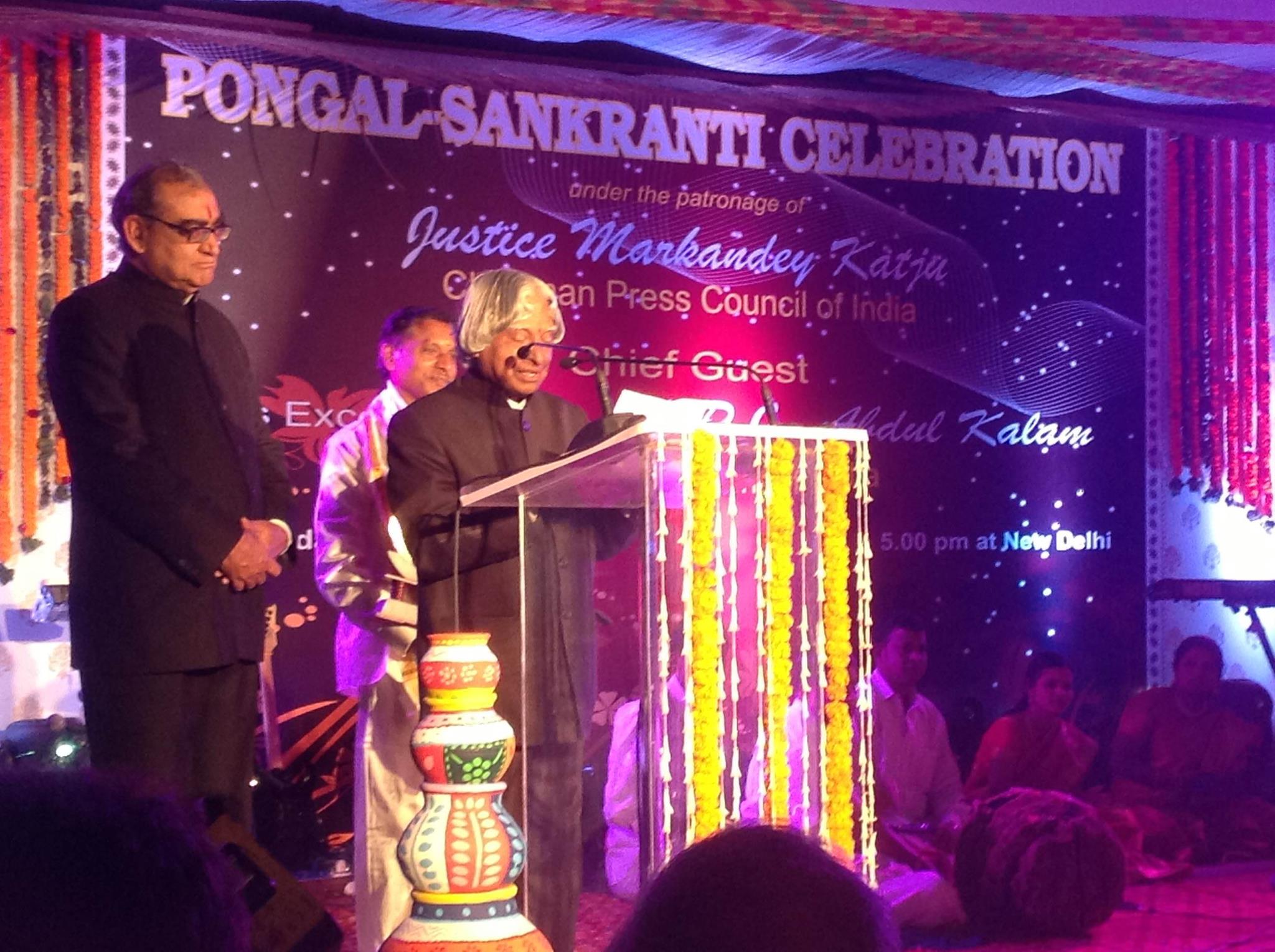Justice Katju explains Urdu Poetry

Urdu poets often write their verses not in a direct way but in a roundabout way, conveying their meaning indirectly by hints, allusions and indications. The result is that the same verse can have two or even multiple meanings. Sometimes it can even have a meaning which the poet never contemplated, but is invented by the reader using his creative imagination. The greatest Urdu poet Ghalib was of the view that the language of poetry should not be the same as the spoken language of the common man. Ghalib had a horror of the commonplace in expression, and this often makes his poetry obscure. His early poems were highly Persianized, and therefore often difficult to understand. His biographer Hali wrote that about one third of Ghalib’s verses can hardly be called Urdu, and even till today some of his verses are difficult to understand.
Urdu poetry has several forms (borrowed from Persian poetry) e.g. ghazal, qasida, marsiya, rubai, etc. The most popular of these is the ghazal, and I shall only discuss that here. Ghazal means, conversation with women, and originally it was used for erotic themes. Later, however, the erotic meaning became only the outer, superficial meaning, while the deeper, inner meaning became the real meaning which the poet wanted to convey. For example the word ‘Ishq’ used by Urdu poets often does not mean love between a man and a woman. It is often used in the mystic Sufi sense of love for God, or it can mean a passion for an ideal for which a person is willing to make sacrifices. Thus,when the poet Faiz writes of love and longing for the beloved, he is really dealing with social and political issues, though in an indirect way.
Ghazals are written in couplets called sher, each line of a sher being called a misra. A nazm (poem) often contains several shers, but each sher can be a self contained unit having no thematic connection with other shers in the nazm (though there can also be a nazm having shers with a common theme). Where the shers are self contained units, it is often a marvel of condensation. Within two lines, great ideas or emotions are expressed in a powerful way. All forms of Urdu poetry are not ghazal. To be a ghazal 5 strict rules have to be followed. These are radeef, kafiya, matla, maqta, and beher. If these are not in the poem it is not a ghazal.
To explain these let us take a well known poem of the great Urdu poet Faiz :
“Gulon mein rang bhare baad-e-naubahaar chale
Chale bhi ao ki gulshan ka kaarobar chale
Qafas udaas hai yaaron sabaa se kuch to kaho
Kaheen to beher-e-khuda aaj zikr-e-yaar chale
Kabhi to subah tere kunj-e-lab se ho aaghaz
Kabhi to shab sar-e-kaakul se mushkabar chale
Bara hai dard ka rishta ye dil gharib sahi
Tumhaare naam pe aenge ghamghusaar chale
Jo hum pe ghuzri so ghuzri magar shab-e-hijraan
Hamare Ashk teri aaqabat sanwaar chale
Huzoor-e-yaar hui dafter-e-junoon ki talab
Girah mein leke garebaan ka taar taar chale
Maqaam Faiz koi raah mein jacha hi nahin
Jo koo-e-yaar se nikle to soo-e-daar chale”
This poem has ghazals, that is , it has radeef, kafiya, matla, maqta, and beher. Let us consider these one by one.
Radeef is the last word (or words) in a line which is a repetition. In the above poem the radeef is the single word ‘chale’ ( though in some ghazals the radeef has more than one word).
In the first couplet, which is called a matla, there must be radeef in both the misras (lines) of the couplet, but in the succeeding couplets radeef is necessary only in the second misra (line) of the sher. Thus, in the above poem of Faiz, we see that the first couplet has radeef in both the lines (misras) of the matla (first couplet). Both the lines in the matla end with the same word ‘chale’. However, in the shers which follow the matla radeef occurs only in the second line.
Now let me explain kafiya. Kafiya is the word (or words) which rhyme with each other, and which precede the radeef. Thus, in the above poem, the word ‘naubahaar’ preceding the word ‘chale’ in the first line of the first sher rhymes with the word ‘kaarobar’. Kafiya or rhyming word is necessary in both lines of the matla, but necessary only in the second line of the succeeding
shers.
Maqta is the last sher of a nazm (poem), and it contains the name or pseudonym (called takhallus)of the poet. Thus, in the above poem, the poet’s name, Faiz, occurs in the maqta. Beher means metre, which are of several kinds, usually short, medium, or long. The same metre must be maintained in every line of the nazm.
Having explained the structural rules of a ghazal, let us consider some other features. As already mentioned above, a ghazal may have an outer, apparent, and often superficial meaning, and a deeper, inner meaning. Take, for example, the first sher in the above poem of Faiz. Now the outer, apparent meaning of the sher is :
“In the bloom of flowers a coloured breeze of the new season (spring) is blowing Come forward so that the work of the garden may be done”.
But it is well known that Faiz often writes on political and social issues, disguising them as love poems ( to avoid persecution by the martial law regime of Pakistan, which indeed jailed him for many years). So what is he really trying to convey, however indirectly?
In this sher the word ‘gulshan’ really means the country, and the expression ‘the coloured breeze of the new spring is blowing’ means that the objective situation is ripe for great progressive changes in the country. Therefore Faiz really intends to convey that the objective situation in the country is ripe for the patriotic, justice loving people to rise and come forward to fight for the country.
Hence, when reading Urdu poetry one should try to find out the deeper, inner meaning, which is what the poet is really wanting to convey, though indirectly. Sometimes the reader can even give to an Urdu sher a meaning which the poet never intended. To give an example, Ghalib writes:
“Pinha tha daam-e-sakht qareeb aashiyan ke
Udhne na paaye the ki giraftaar hum hue”
The word ‘pinha’ means hidden or concealed, the word ‘daam’ means net, the word ‘sakht’ means ‘hard’, the word ‘qareeb’ means near, and the word ‘aashiyan’ means nest.So the sher literally means that near the nest of a bird there was a hard net (placed by a hunter), and the young chick was caught in it even before it could take its first flight.
I used the above sher in a judgment I gave in the Supreme Court, ( Buddhadev Karmaskar vs. State of West Bengal),but I gave it a meaning which could never have been contemplated by Ghalib. The case related to sex workers in India. There are millions of sex workers in India, and these girls become prostitutes not because they enjoy the profession but due to abject poverty. These poor girls, who should have had a life of happiness, are instead driven into this terrible profession due to poverty. So I compared them to the young chick referred to by Ghalib in his sher, which is caught in the hunter’s net even before it could make its first flight. Surely Ghalib could never have imagined that his sher could be given such a meaning.
Justice Markandey Katju|email:justicekatju@gmail.com|

